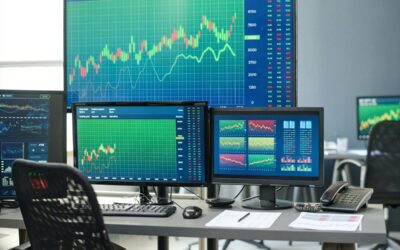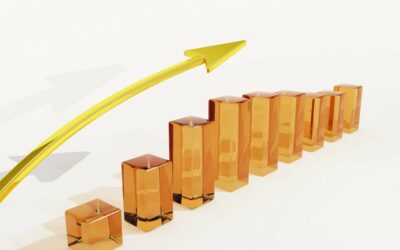What’s next?
Increasingly, investors are very concerned about supply disruptions and high inflation and whether these could seriously hurt the economic outlook?
It’s going to take time for supply chains and freight rates to get back to normal, not helped by backlogs. To us, this is more of a timing issue than something more permanent. As for inflation, there’s already evidence that we are near or at peak levels, and unless some of the more volatile elements keep going up from here, we should see overall inflation gradually fall back to more manageable levels but, crucially, above the very low levels seen since the GFC.
Overall, the outlook for GDP remains very positive. Because of the nature of the lockdowns, service sectors (restaurants, hotels, etc.) suffered much more than manufacturing during the pandemic. As economies gradually return to normal, the very high levels of household savings built up during the pandemic should stimulate strong spending. On the manufacturing side, low inventory levels and high levels of new orders should also help activity levels once supply chains return to normality. Investment should also benefit.
Our key thoughts for 2022
Above average earnings growth: On a headline basis, the market is now trading near longer term averages on a PE basis for example, and as such, it’s difficult to argue European equity markets look cheap, limiting the potential for higher ratings. However, there’s still potential for earnings (the denominator) to move higher, with consensus expectations currently being very conservative if GDP is meaningfully ahead of trend growth – something we believe strongly. This means having exposure to stocks which benefit from a positive macro environment, where valuations are still attractive and there remains potential for higher earnings.
Upward pressure on bond yields: If we are right, a positive economic backdrop would also see potential upward pressure on bond yields, which would be a challenge for longer duration equity stocks.
Improving capex: 2021 has seen the first signs of low levels of capital investment beginning to bite on supply across various industries.
Themes expected to work: Several themes have moved to the forefront of the market’s thinking this year, such as climate change, digitalisation of industry and addressing inequality. To date, these haven’t been dominant drivers of performance, but they’re set to be strong investment themes for the future and something we want to capitalise on. We will continue to discuss these areas in detail next year too.
As always, we want to provide our investors with portfolios which have an appropriate balance of risk and reward. This means not only focusing on bottom-up fundamentals but also capitalising on some of the cyclical and structural opportunities available, something we believe our strategies provide.
Conclusion
We’ve argued for a while that a regime change is overdue – a move away from the low growth/low inflation world of the last decade. Fiscal policy has been the catalyst, and what has happened in 2021 only reinforces our view that change is underway, and importantly, is at an early stage. We expect a continuation of these policies in 2022 and beyond. Against this investment backdrop, our strategies have done much better this year, but we believe the potential for outperformance going forward is still very significant.





